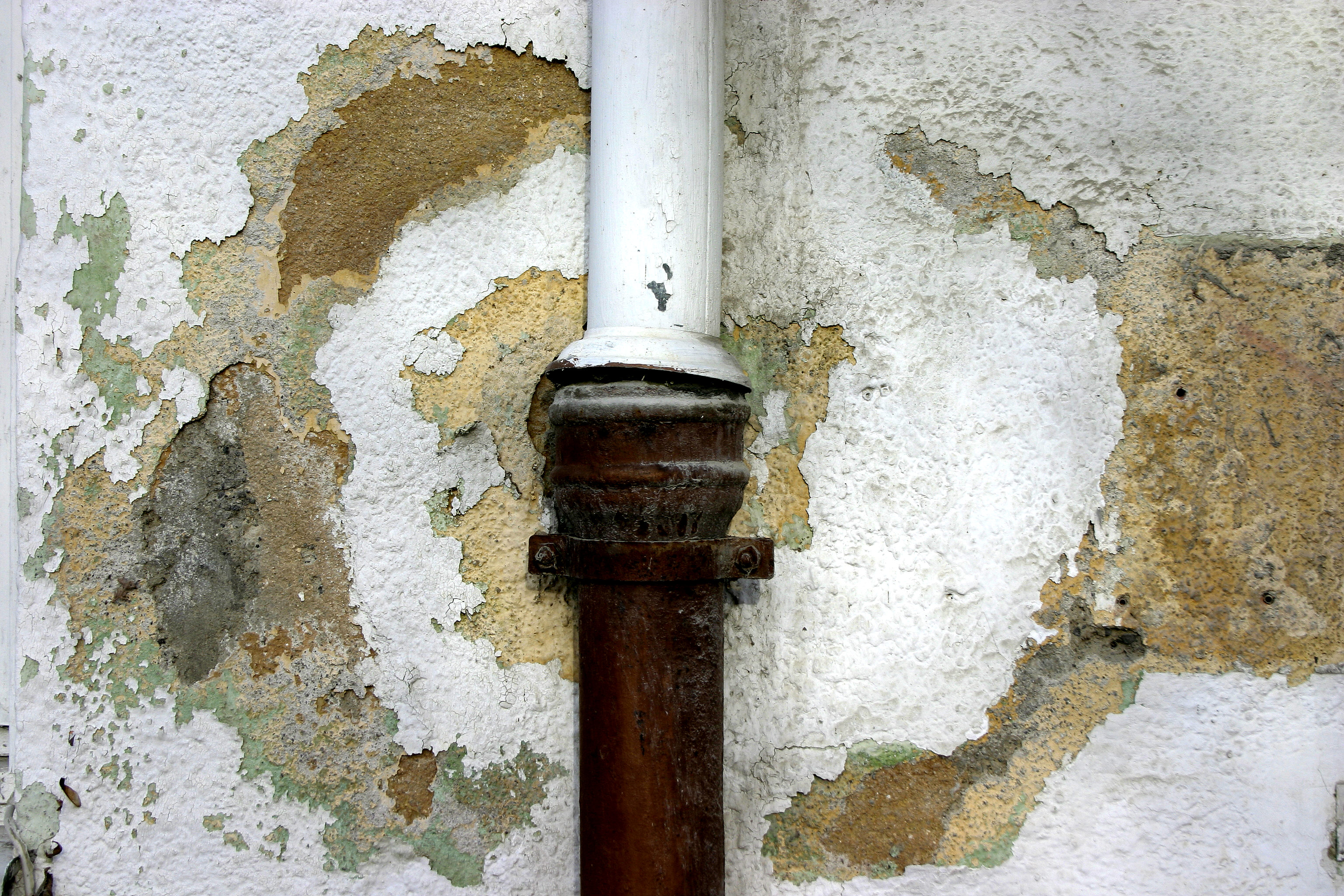Almost everyone will have their own way of thinking involving 5 Home Safety Tips To Reduce The Risk Of Fire And Water Damage.

Water provides life, but water breach on some parts where it's not supposed to be can lead to damage and also aggravation. It can peel off away the surface and also wear down the material's structure if the water permeates into your structure. Mold and mildew and mold likewise prosper in a moist environment, which can be harmful for your as well as your family members's wellness. Additionally, homes with water damages scent musty and also old.
Water can come from many sources like typhoons, floodings, ruptured pipelines, leakages, and sewer concerns. It's much better to have a functioning expertise of safety preventative measures if you have water damage. Here are a couple of standards on how to manage water damages.
Do Prioritize House Insurance Policy Protection
Seasonal water damages can originate from floods, seasonal rains, and also wind. There is likewise an occurrence of an abrupt flooding, whether it came from a malfunctioning pipeline that all of a sudden bursts right into your house. To shield your home, obtain home insurance that covers both acts of God such as natural calamities, and emergencies like busted plumbing.
Do Not Neglect to Shut Off Utilities
When calamity strikes and you're in a flood-prone area, switch off the major electrical circuit. Switching off the power protects against
electrical shocks when water can be found in as water works as a conductor. Do not neglect to turn off the main water line valve as a method to avoid even more damage.
If the floodwaters are getting high, maintain your furniture steady as they can move around as well as trigger additional damages.
Do Keep Proactive as well as Heed Weather Notifies
If you live in an area pestered by floods, remain ready and positive at all times. Listen to the information and emptying cautions if you live near a body of water like a creek, river, or lake.
Don't Ignore the Roof
Before the weather condition transforms shocking and for the even worse, do a roofing evaluation. A much better practice is to have a yearly roof covering examination to mitigate intricate concerns as well as future issues. A great roofing system without any openings and also leakages can be a good shield against the rainfall and also a tool to prevent rain damages. Your contractor must deal with the malfunctioning seamless gutters or any other indications of damage or weakening. An examination will prevent water from streaming down your walls as well as soaking your ceiling.
Do Take Notice Of Small Leakages
There are red flags that can draw your focus and show to you some damaged pipelines in your house. Indicators of red flags in your pipes consist of gurgling paint, peeling off wallpaper, water streaks, water discolorations, or dripping audios behind the walls. Repair and examine your plumbing repaired before it results in huge damage to your house, financial resources, and a personal problem.
Don't Panic in Case of a Ruptured Pipe
Timing is vital when it comes to water damages. If a pipeline bursts in your house, promptly shut off your major water shutoff to cut off the source as well as prevent more damage. Call a credible water damages restoration professional for assistance.
Water gives life, but water intrusion on some components where it's not intended to be can result in damages as well as trouble. In addition, homes with water damages scent stuffy and also old.
Seasonal water damages can come from floodings, seasonal rains, and also wind. Indicators of red flags in your pipes consist of bubbling paint, peeling off wallpaper, water streaks, water discolorations, or leaking sounds behind the wall surfaces. If a pipeline ruptureds in your house, immediately shut off your main water shutoff to cut off the source as well as avoid more damages.
Water Damage Do's and Don'ts
Do's
Always use rubber gloves to protect your hands & rubber boots to protect your feet and legs. Damage from water and bacteria growth can begin within hours. Call for professional help. Remove as much water as possible by mopping and blotting with sponges. Pull up wet rugs and carpets if hardwood floors are below. Lift draperies off the floor, loop through a coat hanger and place the hanger on the drapery rod. Wipe furniture, prop up wet furniture cushions for even drying and place aluminum foil under furniture legs. Move photos, paintings, art objects, computers, other electronics and valuables to a safe, dry location. Do not remove books from shelves. Pack them tightly to prevent page warping until a restoration professional can begin this specialized drying. Ventilate wet areas. Turn on air conditioning for faster drying in summer (only if there is no visible mold) and winter, alternate cycles of opened windows and heating. Also, open drawers, closets and cabinet doors to enhance drying. Don'ts
Do not enter rooms where there is wet and sagging ceiling! Do not enter a room with standing water until electricity has been turned off. Do not use a regular household vacuum to remove water. Use heat to dry closed building interiors. Mildew and more moisture damage can occur. Do not use electrical appliances while on wet carpet or flooring. Do not disturb visible mold. https://www.myknowledgebroker.com/blog/personal-insurance/water-damage-dos-and-donts/

I recently found that piece of writing on Preventing Fires and Water Damage In Your Home while surfing around the web. Those who enjoyed reading our blog posting if you please make sure you remember to share it. I am grateful for your time. Please come visit our blog back soon.